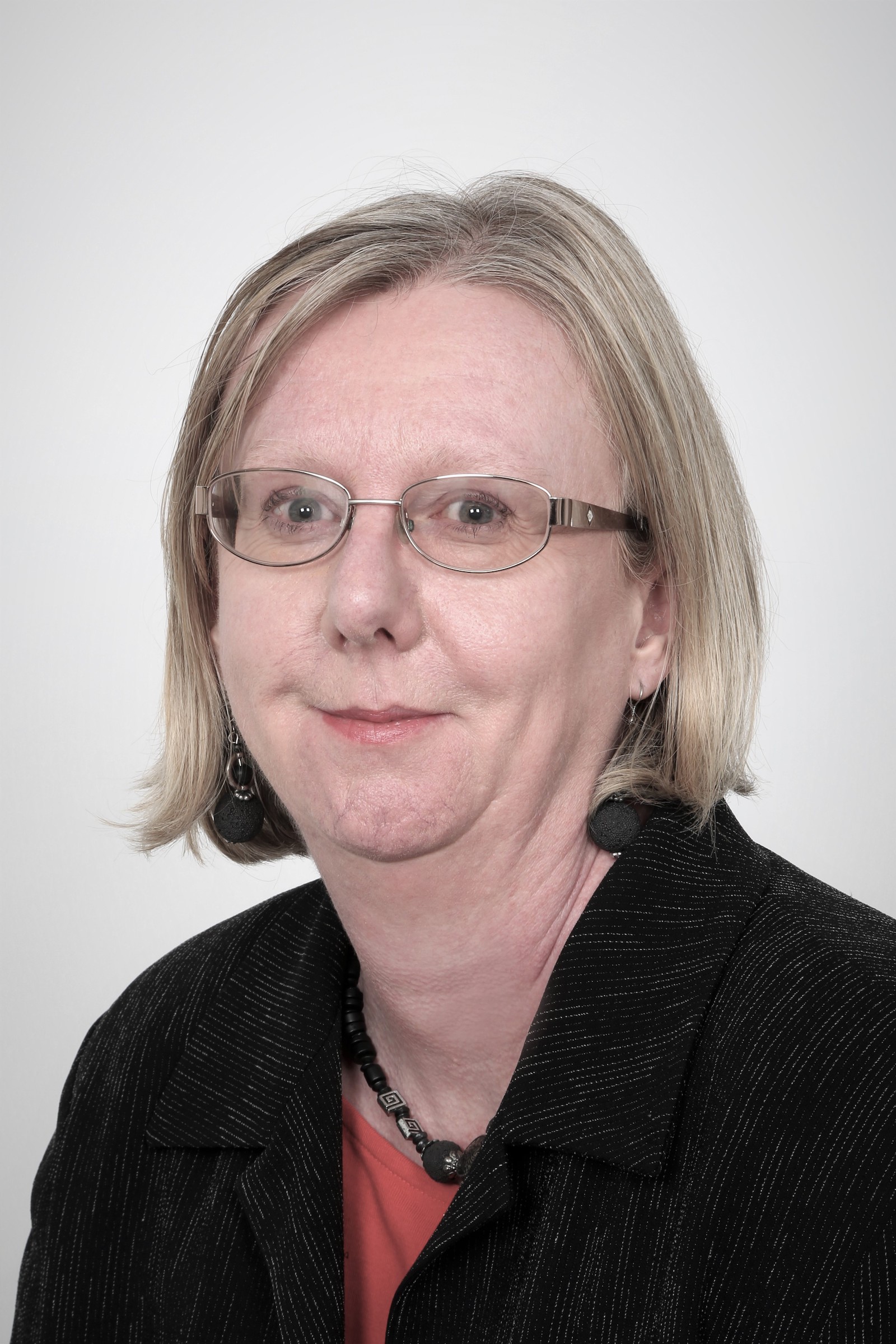Untold Banking #3: It took 20 years to damage inclusion
Three women took the lead in starting a new trade association for community finance 20 years ago. It was a risky business and "none of our male colleagues felt in a position to take that risk", recalls Niamh Goggin. They were serious and confident about tackling financial exclusion – but after years of new policies and new names the sector appears to be led by mainly white middle- and upper-class male Russell Group graduates, which doesn't bode well for inclusive investment decisions.

Life was different back in 1999. Social & Community Capital was part of the new wave of community development finance institutions and there was a real sense that we were on the cusp of major change. The Social Investment Taskforce was set up by HM Treasury in 2000 and 2002 saw the launch of their first report. It also saw the establishment of Charity Bank and of Bridges Ventures and the launch of the Community Development Finance Association.
The CDFA was led by three women; I was Chair, Michele Giddens was Vice-Chair and Bernie Morgan was our first Chief Executive. None of us was from a particularly privileged background. We didn't come from the finance sector. In my own case, I took on the role of Chair because no-one else could or would do it. Starting a new trade association in a young sector is a risky business and takes time away from the day-job. None of our male colleagues felt in a position to take that risk.
An early item on the agenda was whether the CDFA, (now Responsible Finance), should be for business lenders only or should include personal lenders. As Chair, I was determined that we must include the radical edge that those working in the most deprived communities would bring to the CDFA. However, it took about six months before we reached a compromise that allowed us to include organisations like Moneyline, Fair Finance and Street UK.
I may look back on those early years through rose-tinted glasses – I was much younger then! But I remember that, as well as building a movement, learning our trade, developing operating systems and performance management reporting, we were serious about tackling financial exclusion, moving into areas from whence the banks had fled. We could do so with confidence, because we were familiar with our client groups.
Each change of name seems to have encouraged a new level of exclusion. What are we doing about this, as a sector?
What happened as community development finance became social finance; social investment; social impact investment? Each change of name seems to have encouraged a new level of exclusion. The excellent report by the Connect Fund and Diversity Forum* gives us the answers:
- Gender: 60% of executives in the sector are male and 67% of board and senior directors. Black and Minority Ethnic (BAME) women account for 5.1% of executives and only 2.8% of directors.
- Ethnic diversity: 6.5% of board directors are from BAME background, compared to 14% in the 2011 Census.
- Disability diversity: 7% of respondents considered themselves to have a disability or other long-term health condition, compared to 16% among adults of working age.
- Socio-economic background: 1% of the wider population have attended Oxford or Cambridge University. Yet 10% of executives and an astonishing 18% of directors are Oxbridge alumni. 40% of directors and 30% of board executives attended fee-paying schools, compared to 7% in the wider population.
What are we doing about this, as a sector? The Diversity Forum is addressing the issues through advice and training on recruitment, induction, monitoring and learning, influencing culture and leadership.
All of this is admirable but seems to me to be avoiding the hard issues of power, embedded networks and class. Leadership in the social impact investing world is represented by mainly white middle- and upper-class male Russell Group graduates. The culture comes from the top down – like recruits like.
All of this is admirable but seems to me to be avoiding the hard issues of power, embedded networks and class.
Unbalanced recruitment has led to strategic errors that have wasted precious capital and resources. More diverse and representative boards would respect a third sector culture based on exploring complex issues and accepting uncertainty. We need to ask our ‘leaders’ to take a good hard look at themselves and their boards and resolve to lead reform from the top down.
* Inclusive Impact: A Comprehensive Review of Diversity in the Social Investment Sector. December 2018: Connect Fund and Diversity Forum.
This article is part of a sponsored partnership with NatWest Social & Community Capital.
